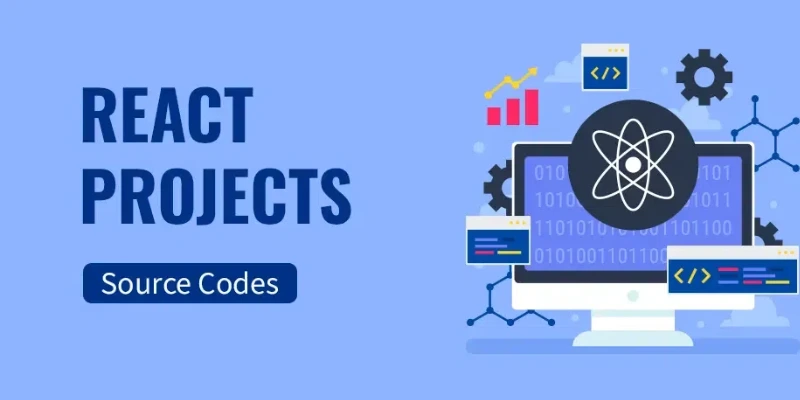
If you’re learning React and have reached a point where building to-do apps or portfolios no longer excites you, it might be time to explore a new challenge. One of the best ways to level up your skills is by contributing to open source React projects. Whether you’re a student, a budding developer, or someone already in the tech industry, open source offers a powerful platform to grow, collaborate, and even get noticed by recruiters.
If you’re currently enrolled in a React JS Training in Chennai, contributing to real-world projects can be a game-changer. It puts your learning into action and helps you understand how professional codebases are structured, how real-world problems are solved, and how scalable applications are maintained.
Why Contribute to Open Source?
Before we dive into the “how,” let’s look at the “why.”
- Real-World Experience: Open source exposes you to real problems and collaborative development.
- Learning from the Best: You’ll read and work on code written by experienced developers.
- Build Reputation: Your contributions live online and can be showcased in portfolios.
- Networking: Collaborating with others opens doors to new opportunities.
Is React Open Source?
Yes! In case you’re wondering, React is open source. Maintained by Meta (formerly Facebook), it’s one of the most widely used JavaScript libraries in the world. But it’s not just React itself that’s open. Thousands of React open source projects have been built around it UI libraries, form builders, dashboards, authentication tools, and more.
This ecosystem of react open source projects is your playground.
Finding the Right Project
Not all open source projects are beginner-friendly. Here’s how to find one that matches your skill level and interests:
- GitHub Tags: Use tags like good first issue, help wanted, or beginner.
- Topics: Search for “open source react projects” on GitHub.
- Follow Dev Communities: Platforms like Dev.to, Reddit, or Hashnode regularly feature projects looking for contributors.
- Starter Projects: Check out tools like React Admin, Formik, or React Hook Form to start with well-documented projects.
While you’re browsing, keep your long-term learning goals in mind. Interested in Authentication in React Applications? Look for projects implementing login/logout features. Want to Optimize Performance in React Applications? Explore performance-focused repos or tools like React Profiler.
Setting Up Your First Contribution
- Fork the Repository: This makes a copy of the project under your account.
- Clone the Repo Locally: Use Git to download it to your computer.
- Read the Documentation: Look for a CONTRIBUTING.md or README.md file.
- Run the App Locally: Make sure you can install dependencies and start the development server.
- Pick an Issue: Start with small bugs, spelling errors, or minor UI tweaks.
- Create a Branch: Continuously create a new branch for your changes.
- Make Your Changes and Commit: Write clean, well-documented code.
- Push and Submit a Pull Request (PR): Follow the project’s PR guidelines.
Don’t worry about being perfect. Open source maintainers value effort and learning. They will often guide you if your code needs refinement.
What to Expect as a Contributor
You might face codebases that look intimidating or reviewers who ask for changes. That’s okay. Every developer started somewhere. Your confidence will grow with every issue you solve and every PR you merge.
Also, as you get comfortable, start exploring deeper topics like Scalable React Architecture for Teams. Open source projects often follow architecture patterns designed for large-scale use. These are goldmines for learning how real-world products are engineered.
Best Practices to Keep in Mind
- Write Clean Code: Follow linting rules and style guides.
- Comment Wisely: Explain why, not just what.
- Be Respectful in Communication: Always maintain professionalism in issues and PRs.
- Be Patient: Maintainers are often volunteering their time.
- Stay Curious: Every issue is a chance to learn something new.
Many contributors discover insights into how to Optimize Performance in React Applications simply by understanding why certain libraries or coding styles are chosen over others.
Real-World Learning in Action
Let’s say you’re contributing to a form validation library. You might explore how it handles form states, accessibility, and conditional logic. Or you may end up working on a dashboard that uses complex authentication flows helping you understand Authentication in React Applications better than any tutorial could.
These hands-on scenarios give you a working knowledge that complements your classroom or online training. It’s one thing to learn about React hooks from a book, and quite another to debug one in a live codebase.
Diving into open source react projects is one of the most effective ways to turn your learning into practical expertise. From building confidence to mastering professional workflows, contributing even a single line of code can set you apart.